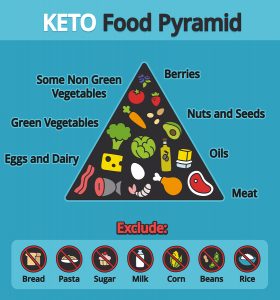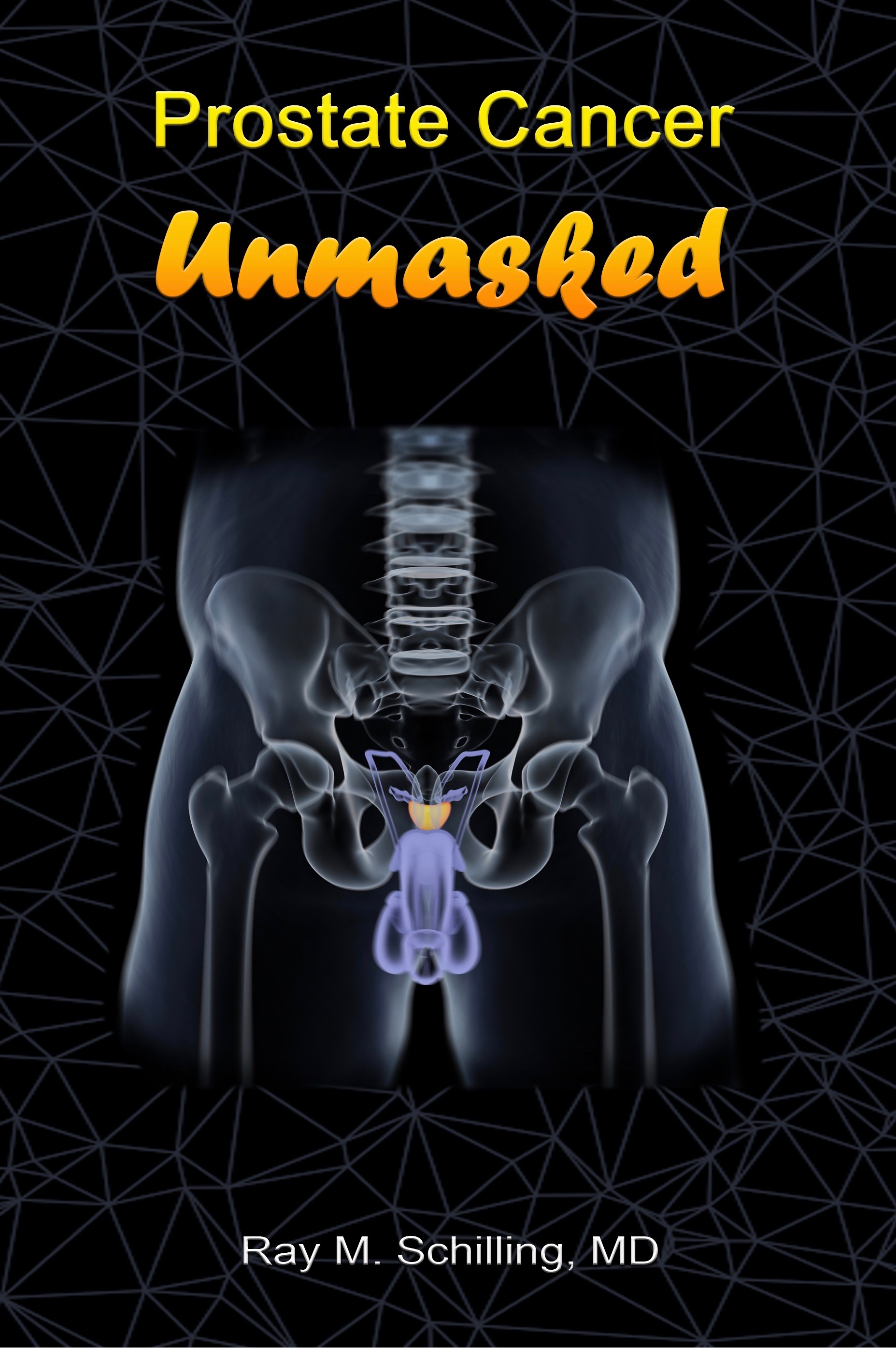There is a newer way to shed some pounds using a ketogenic diet with ketone supplementation. Ketosis with a ketogenic diet is difficult to achieve because it requires a lot of fat consumption and at the same time extremely low carb intake to trigger the ketogenic response. The October 2019 issue of LifeExtension magazine contained an article about a ketogenic diet with ketone supplementation. There are dip sticks with which you can test your urine for ketone bodies to verify that your metabolism has switched to ketosis. But you can also take some ketone supplements including beta-hydroxybutyrate. By adding this supplement it is easier to achieve ketosis.
Why do people think of starting a ketogenic diet?
Calorie restriction can mimic the effects of fasting. It leads to ketone production and improved energy metabolism. Your blood sugar goes down, you lose weight and diabetes becomes easier to manage. In an animal experiment with worms with the pretty name “C. elegans” researchers fed beta-hydroxybutyrate to these roundworms. They extended their lifespan by 20%.
Many who are motivated to go on a ketogenic diet hope to lose weight and others may hope to live longer. One large US study from the Brigham and Women’s Hospital, Boston, MA showed that mortality over a period of 25 years was lowest when carbohydrates were in the 50 to 55% range. In the same study when carbohydrates were replaced in ketogenic diets with animal-derived protein and fat sources, mortality increased by 18%. Meat and fat were from sources such as lamb, beef, pork, and chicken.
Problems with ketogenic diets
Physicians have had the concern that their patients on ketogenic diets tend to eat cheap fats and meats that contain trans fats. These unhealthy fats lead to premature death from accelerated hardening of the arteries resulting in heart attacks and strokes.
The alternative: a ketogenic diet with ketone supplementation
A new approach to anti-aging is taking ketone bodies like beta-hydroxybutyrate as a supplement. A publication from 2017 stated that oral ketone bodies could mimic the life extending properties of caloric restriction. The authors stated: “An exogenous ketone ester provides a new tool for mimicking the effects of caloric restriction that can be used in future research. The ability to power mitochondria in aged individuals that have limited ability to oxidize glucose metabolites due to pyruvate dehydrogenase inhibition suggests new lines of research for preventative measures and treatments for aging and aging-related disorders.”
Another publication from 2017 describes how ketones can be used as alternatives to glucose for energy. Brain cells and muscle cells in particular are very capable to utilize ketone bodies for energy. Two principal ketones are significant: acetoacetate and beta-hydroxybutyrate. The liver is involved when fatty acids are broken down and ketones are manufactured.
Ketone metabolism
Ketones provide energy without raising blood sugar levels or stimulating insulin secretion. The body requires less processing of ketones to release energy. This means that less NAD+ is used to metabolize ketones. The end result is that more NAD+ circulates in the body, which is used to repair damaged DNA and helps slow down the aging process. Ketones mimic many of the effects of caloric restriction and intermittent fasting dieting. Ketone metabolism reduces risk factors for diabetes and heart disease.
Human experiments
A 2018 study took 20 individuals aged between 18 and 35 years and tested them with an oral glucose tolerance test. Half of the subjects received a ketogenic hydroxybutyrate monoester, the other half just water (placebo group). The ketogenic group had 16% lower blood glucose levels. Their insulin sensitivity was 11% lower. The authors concluded: “These results suggest that ketone monoester supplements could have therapeutic potential in the management and prevention of metabolic diseases.”
Longevity in humans
There has been a lot of research in the last few years indicating that sirtuins (SIR1 and SIR3) are important anti-aging genes. NAD+ needs to activate sirtuins first to make them effective. Unfortunately with the aging process less NAD+ is available, which leaves the sirtuins genes inactivated.
In rat experiments feeding of a ketogenic diet resulted in increased levels of NAD+. The researchers measured an oxidative DNA damage marker in the hippocampus of the brain. This showed much less DNA damage in rats fed a ketogenic diet when compared to controls on a regular diet.
Study of humans with Alzheimer’s disease
Another human study examined the blood of Alzheimer patients, patients with mild cognitive impairment and normal controls. Alzheimer patients had low ketone levels in the blood as well as low 2-hydroxybutyric acid. Overall this showed that there is a change in metabolism in Alzheimer’s patients that leads to low ketone bodies in the blood on one hand and beta amyloid deposits on the other hand leading to memory loss.
A further experiment with Alzheimer’s patients showed that cognitive function improved after elevation of ketone blood levels following ingestion of beta-hydroxybutyrate.
A healthy way to raise ketones
Investigators in this human study determined whether various ketone-drinks were elevating blood ketone bodies reliably. 15 volunteers received ketone esters or ketone salts as a drink. There was a reduction of blood pH by 0.1 units using ketone esters. The ketone salts elevated the urinary pH from 5.7 to 8.5. An experiment with 16 volunteers measured the effect of having a meal before taking ketone esters. The ketone blood level showed a reduction of 33% after the volunteers consumed a meal and they took the ketone supplement afterwards. Ketone supplements lowered blood glucose, lowered free fatty acid and also lowered triglyceride concentrations. On the other hand, there was no change of the electrolyte levels. The authors said: “We conclude that exogenous ketone drinks are a practical, efficacious way to achieve ketosis.”
Conclusion
The liver produces ketones when a person is fasting or is on a ketogenic diet. However the high fat content of a ketogenic diet can lead to atherosclerotic plaques in the arteries with the subsequent developments of strokes and heart attacks. A much safer way of raising ketone bodies in the blood is by taking ketogenic supplements by mouth. Animal experiments and clinical trials have shown that oral ingestion of ketogenic substances appear in the blood stream within 30 minutes and remain there for 3 to 4 hours. The body tolerates ketogenic supplements well with no side effects.
Prevention of Alzheimer’s disease, achieving weight loss and longevity
They likely will play a larger role in the prevention of Alzheimer’s disease in the future. Ketogenic supplements may be an adjunct to weight loss diets. In addition, fatty acids metabolize into ketones, which turn into energy in brain cells and muscles. Oral ketones stimulate the formation of NAD+, which activate longevity genes (sirtuins). Older people have a hard time to metabolize glucose because of certain enzyme deficiencies. But the brain and the muscle tissue can metabolize ketones rapidly, even in older age. Unfortunately the price of such supplementation is forbidding at the present time.










